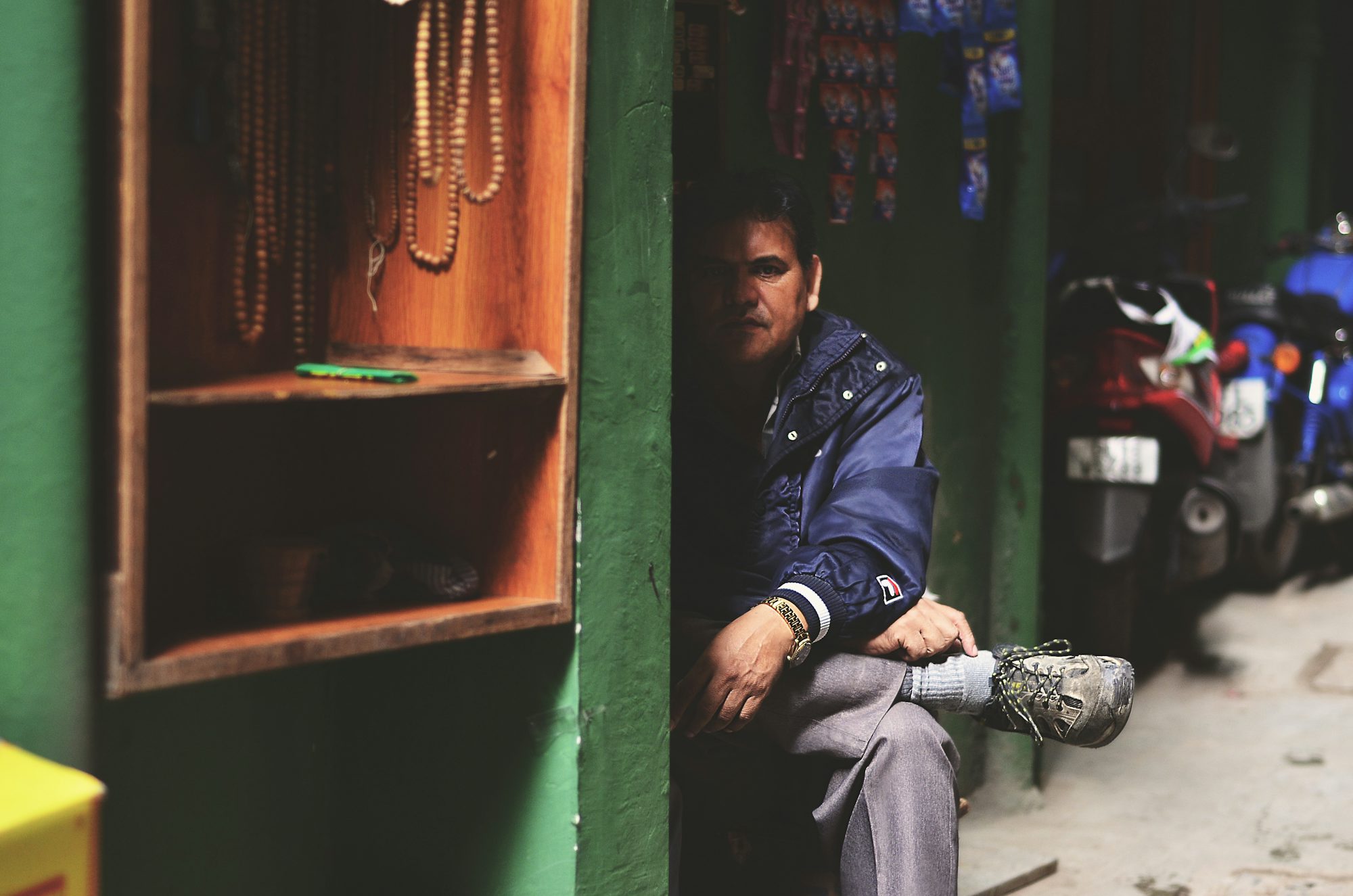Exploring the Role of Male Models in bridal lingerie Modern Advertising
In the fast-paced world of advertising, visual representation plays a crucial role in influencing consumer perceptions and behavior. Male models, once considered secondary to their female counterparts, have emerged as pivotal figures in modern marketing campaigns. This article explores the evolving role of male models in advertising, examining how they contribute to brand narratives, the impact they have on consumer behavior, and the shifting standards of masculinity in the industry.
Traditionally, advertising depicted male models in a narrow scope, often emphasizing strength, ruggedness, and a hyper-masculine aesthetic. However, as society’s understanding of gender and identity evolves, so too does the portrayal of masculinity in advertising. Today, male models are featured in a variety of contexts that reflect a broader spectrum of masculinity. This includes representations of vulnerability, emotional depth, and diverse body types, which resonate with a more inclusive consumer base.
The rise of the internet and social media has been instrumental in this transformation. Brands now recognize the importance of connecting with their audiences on a personal level, and male models are often at the forefront of this effort. Through platforms like Instagram and TikTok, models can showcase their personalities and lifestyles, bridging the gap between traditional advertising and authentic engagement. This shift allows consumers to relate to models as individuals rather than mere representations of a brand’s ideal image.
Moreover, the emergence of the ‘influencer’ culture has blurred the lines between traditional advertising and personal branding. Many male models have successfully leveraged their social media presence to build personal brands, often collaborating with companies on campaigns that reflect their unique styles and values. This trend has opened doors for models who might not fit the conventional mold, allowing for greater diversity in advertising. Brands that prioritize inclusivity in their campaigns are not only appealing to a wider audience but are also fostering loyalty and trust among consumers.
The role of male models in advertising also extends to challenging societal norms surrounding beauty and masculinity. As brands become more aware of their social responsibility, they increasingly seek to challenge stereotypes and promote positive representations of men. Campaigns featuring models of varying sizes, ethnicities, and backgrounds are becoming more common, reflecting a commitment to authenticity and representation. This shift is crucial, as it helps to normalize diverse expressions of masculinity and allows consumers to see themselves reflected in advertising.
Furthermore, the evolving standards of masculinity are reshaping the qualities that brands seek in male models. The ideal model today is not solely defined by physical appearance but also by their ability to convey emotion, relatability, and authenticity. Brands are recognizing that consumers are drawn to models who exude confidence and vulnerability alike. This paradigm shift encourages models to embrace their individuality, fostering a culture of self-expression within the industry.
As male models take on more varied roles in advertising, they also face new challenges. The pressure to maintain a public image that aligns with brand expectations can be overwhelming. Models often grapple with the need to present an idealized version of themselves while staying true to their authentic selves. This balancing act can lead to feelings of inadequacy or burnout, as the demands of both modeling and personal branding require constant attention.
Despite these challenges, the evolving landscape of advertising presents numerous opportunities for male models to make a significant impact. They have the potential to drive social change by challenging outdated notions of masculinity and advocating for inclusivity. Models can use their platforms to raise awareness about important issues, from mental health to body positivity, encouraging their followers to embrace authenticity and self-acceptance.
Looking ahead, the future of male modeling in advertising appears promising. As brands continue to prioritize diversity and authenticity, male models will play an integral role in shaping the narratives that resonate with consumers. The advertising landscape will likely become even more inclusive, reflecting the complexities of modern masculinity. This evolution presents a unique opportunity for male models to redefine what it means to be a man in today’s society, advocating for a broader understanding of strength and beauty.
In conclusion, male models have transitioned from being mere representations of clothing and lifestyle to influential figures in the advertising world. Their ability to connect with audiences on a personal level, challenge traditional norms, and promote inclusivity has redefined their role in marketing. As the standards of masculinity continue to evolve, male models will remain at the forefront of this transformation, shaping the future of advertising and inspiring consumers to embrace their true selves. The journey ahead is one of empowerment, diversity, and authentic representation, setting the stage for a more inclusive future in the world of advertising.
